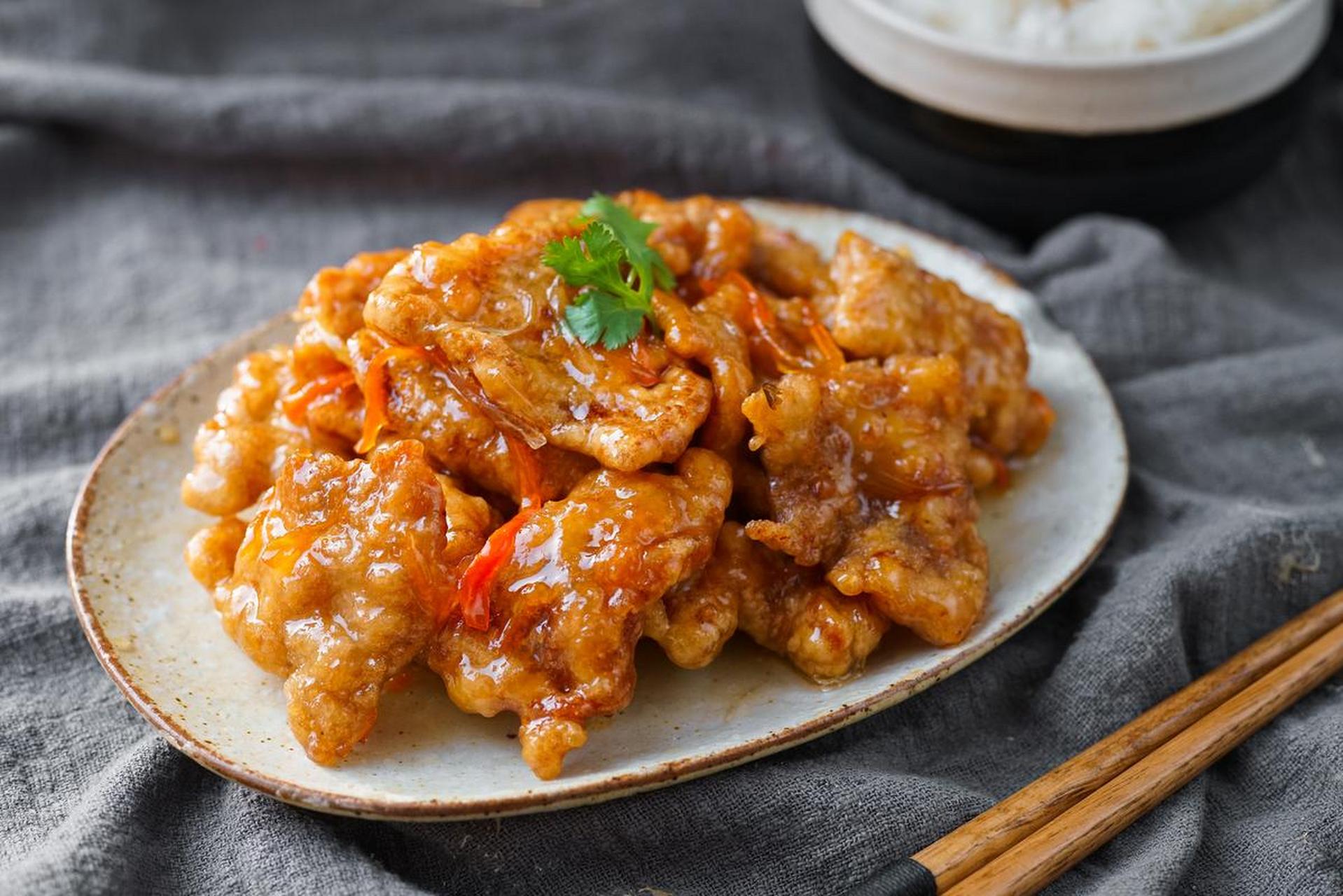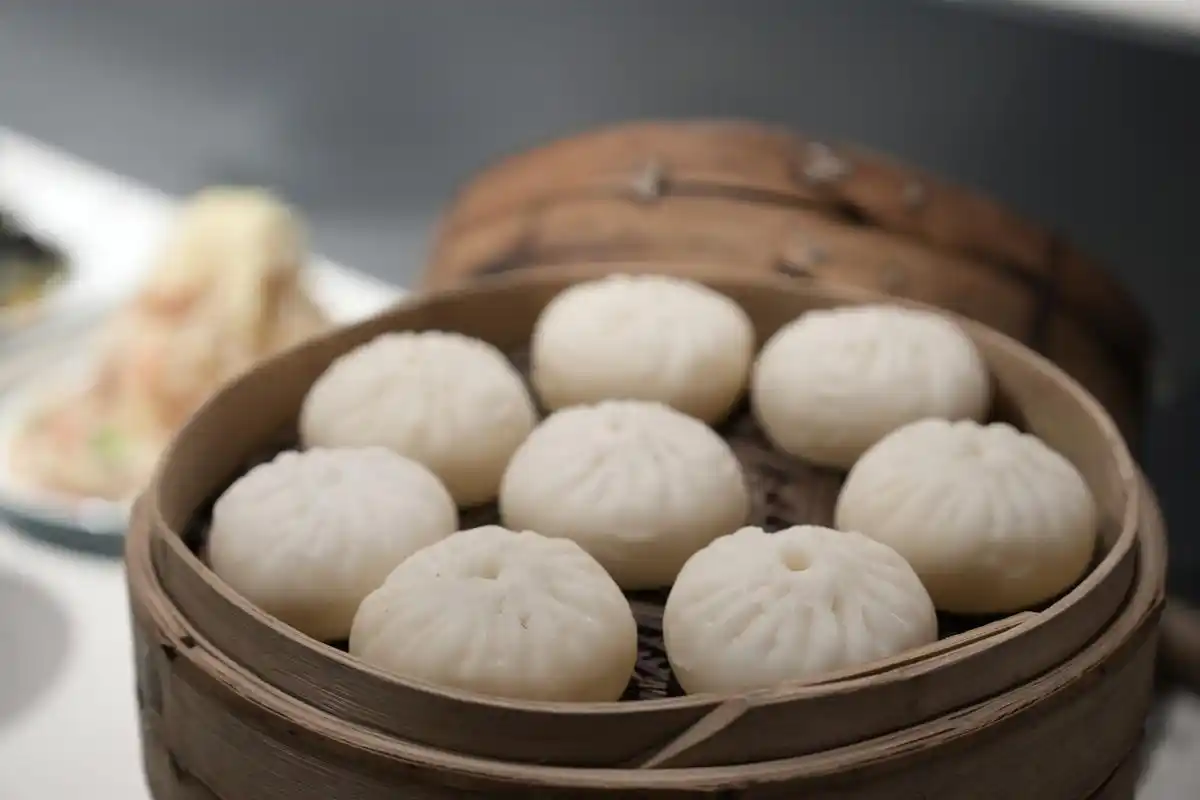Guobaorou (锅包肉,guō bāo ròu), literally “pot-wrapped meat,” is the pride of Northeast Chinese cuisine. This iconic dish features paper-thin slices of pork, double-fried to crispy perfection and coated in a tangy sweet and sour sauce. Unlike its Cantonese cousin, Guobaorou’s sauce is lighter and more delicate, allowing the crispy texture to shine.
The Art of Perfect Guobaorou
Key Ingredients
For the Meat:
- 500g pork loin, sliced paper-thin
- 2 eggs
- 1/2 cup potato starch
- 1/4 cup all-purpose flour
- 1 tablespoon Chinese cooking wine
For the Signature Sauce:
- 4 tablespoons black vinegar
- 3 tablespoons sugar
- 1 tablespoon soy sauce
- 1/2 cup chicken stock
- 2 slices ginger
- Green onion for garnish
The Secret Techniques
- Meat Preparation
- Slice pork against the grain, almost transparent
- Marinate with egg, wine, and starch
- Let rest for 30 minutes to tenderize
- The Double-Fry Method
- First fry at 160°C until light golden
- Rest for 3 minutes
- Second fry at 180°C until crispy
- Sauce Magic
- Heat ingredients until slightly thickened
- Pour over meat just before serving
- Toss quickly to maintain crispiness
“The perfect Guobaorou should be crispy yet tender, with a sauce that’s perfectly balanced between sweet and sour - a true test of a Northeast Chinese chef’s skill.”
Regional Significance
In Harbin, where this dish originated, Guobaorou represents the pinnacle of local culinary artistry. Unlike the heavy, sticky sweet and sour pork found elsewhere, Harbin-style Guobaorou maintains a delicate balance that showcases both texture and flavor.
Critical Tips
- Keep meat slices uniform for even cooking
- Never overcrowd the wok when frying
- Sauce should be added at the last moment
- Serve immediately while crispy
Common Mistakes to Avoid
- Slicing meat too thick
- Overworking the batter
- Sauce too thick or sweet
- Letting it sit too long after cooking
The beauty of Guobaorou lies in its contrasts - crispy exterior with tender meat inside, sweet sauce with sour notes, and a light appearance that delivers bold flavors. It’s a dish that proves sometimes the simplest combinations create the most memorable meals.
Whether you’re cooking for family or trying to master Northeast Chinese cuisine, remember that patience and precision are key to achieving that perfect Guobaorou texture that Harbin is famous for.

 Xiaolongbao: The Art of Soup Dumplings
Xiaolongbao: The Art of Soup Dumplings